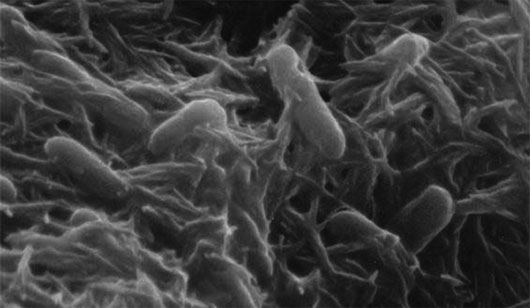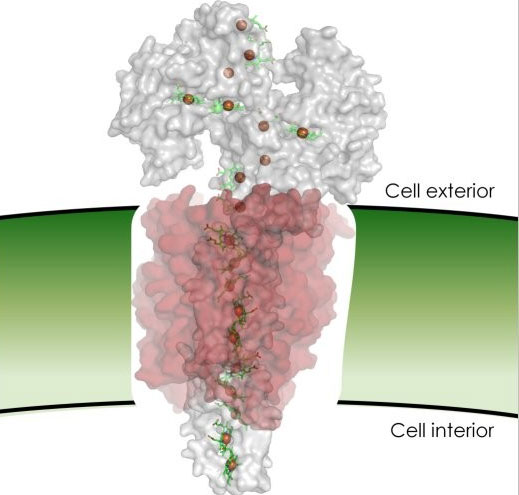Bacteria are capable of generating electricity
Scientists discovered microbial bacterial cells, marking a major step forward in the field of experimental biology.
>>>You use bacteria to create electricity
On May 23, 2011, the research team at the University of Western Anglia, published the molecular structure of the protein that allows bacterial cells to transmit electricity, marking a big step in the field of experimental biology, bringing People come closer to applying bio-batteries to life. The report was published on the Proceedings of the National Academy of Academic Sciences.

With this technology, scientists can immobilize bacteria directly on electrodes, based on the metabolic properties of bacteria to create batteries, also called bio-batteries. The team used X-ray crystallography technology to determine the structure of electron transfer proteins (electrons) on the surface of Shewanella oneidensis bacterial cells. X-ray crystallography is essentially focusing an X-ray beam on an object with a crystal structure, then determining its structure by analyzing the angles and density of the diffraction beams.
In addition to applications in fuel cell technology, this finding will also help in the development of microbial agents, which are used to clean up oil or uranium pollution.

According to Dr. Tom Clarke, Department of Biology, University of West Anglia, this is a major advance in our understanding of bacterial species that can transmit electrons from inside to outside the cell. Determining the exact molecular structure of important proteins in this process is a necessary step towards exploiting bacteria as a future power source.
Other members of the group include Professor David Richardson and Professor Julea Butt, and colleagues at the Pacific Northwest National Laboratory in Washington State.
- Fabrication of paint capable of generating electricity from solar energy
- Generate electricity: Just walk
- The battery generates electricity through the air
- Bacterial Bacteria
- The toilet is capable of generating electricity from waste
- Strange 5 animals capable of generating electricity
- Smart shoes create electricity
- Generating electricity from the night, scientists have made the darkness no longer scary
- Night: Solar power plant generates electricity!
- He uses bacteria to create electricity
- Inventing a type of self-generated chip
- 10 years from now there will be microbial electricity
 Why do potatoes have eyes?
Why do potatoes have eyes? 'Tragedy' the world's largest carnivorous life: Death becomes ... public toilet
'Tragedy' the world's largest carnivorous life: Death becomes ... public toilet Tomatoes were once considered 'poisonous' for 200 years
Tomatoes were once considered 'poisonous' for 200 years Detecting microscopic parasites on human face
Detecting microscopic parasites on human face